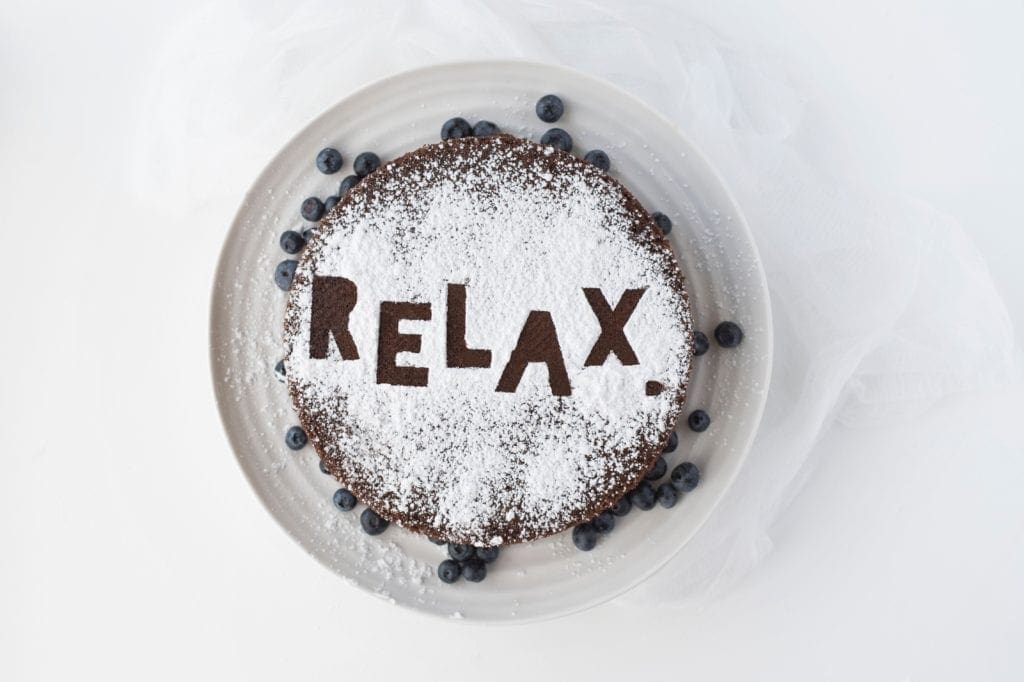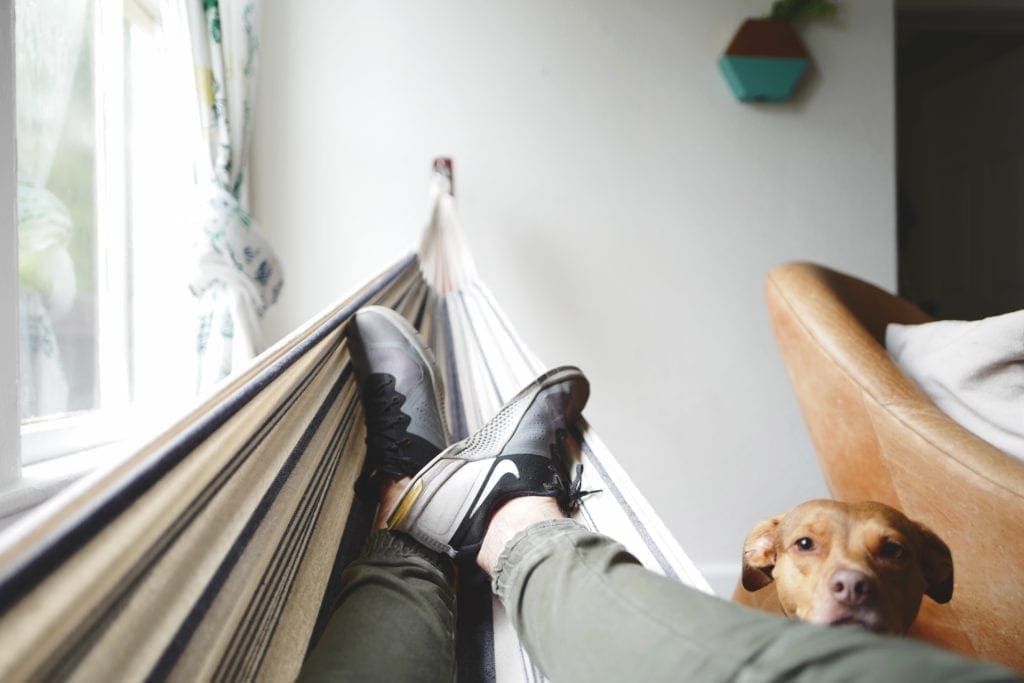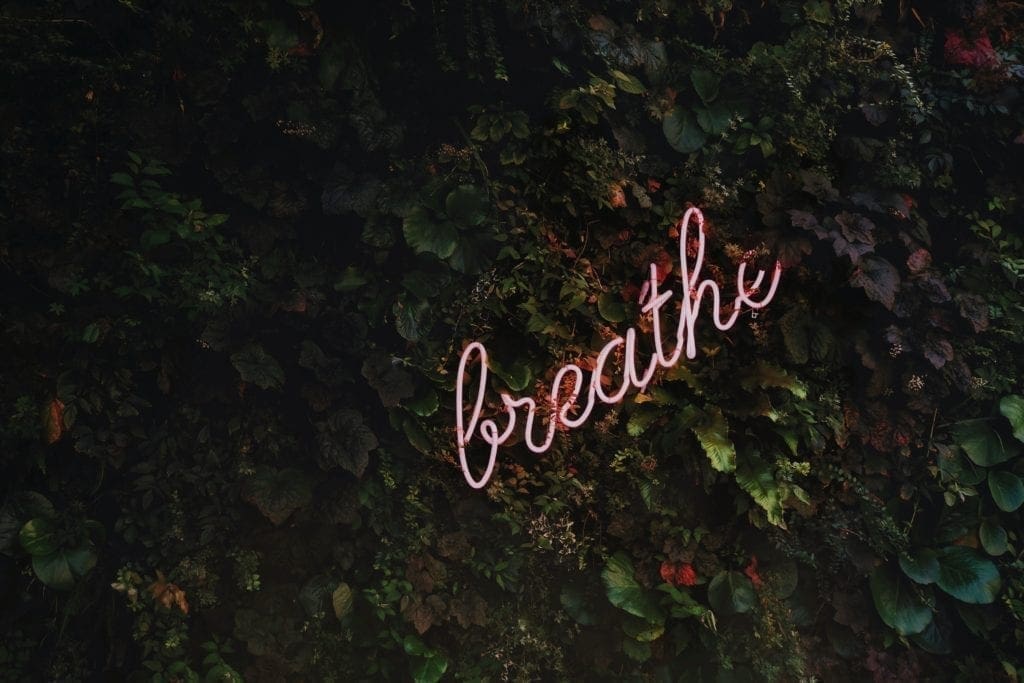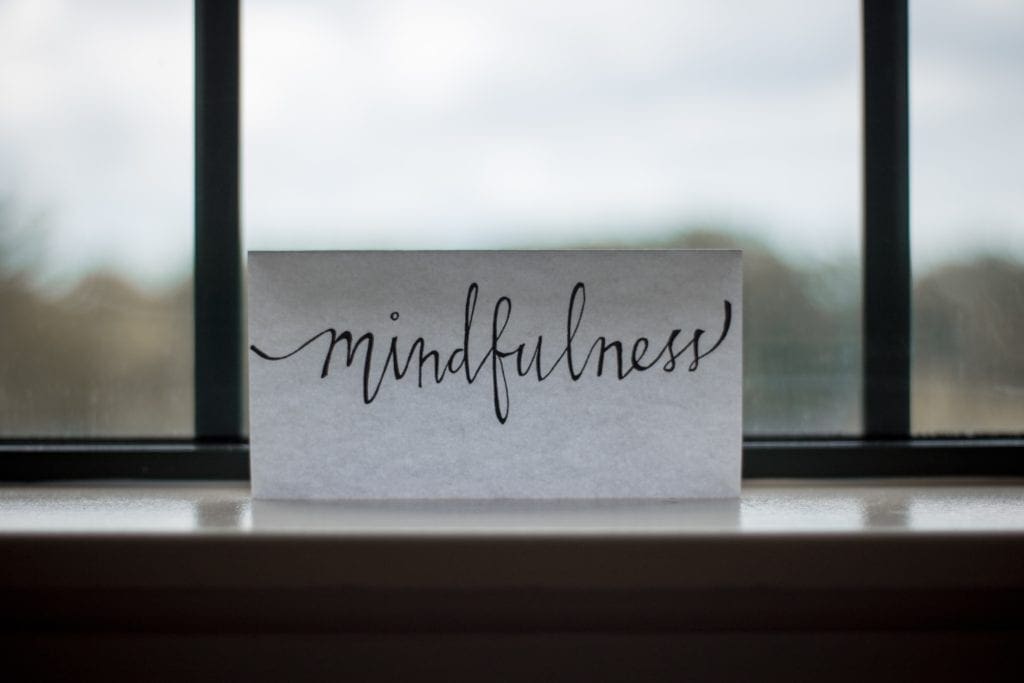Steph Yu is a Plant-Based Blogger, Global thought leader, Podcaster, Youtuber, Social Media Maven & Community Creator and spiritual being based out of Vancouver Canada. But most of all she’s an audacious and eternal student of life who’s curious soul is always eager to learn and love!
So who doesn’t want to find inner peace, seek enlightenment and reach Nirvana these days eh? When asked: do you have stress in your life? How many of us would be able to say no? But how do we cultivate mindfulness and inner peace into our modern lives? How many of us are able to drop everything, retreat to the Himalayas, live in a cave or become a monk? Most of us have families, friends, jobs, bills, lifestyles that we aren’t ready to renounce (except maybe the bills, we could probably do without those), and some of us just have killer hair and aren’t willing to part with it. Understandable. So what’s a modern-day mindfulness seeker meant to do?
First let’s break down what being mindful really means. From my times of seeking and searching for this state, I’ve realized it’s not actually a place that you arrive at “over there,” rather it’s a state of mind that you come home to “in here.” It’s a way of viewing and experiencing our life as we are in the present from moment to moment, observing whatever we’re experiencing, pleasant or unpleasant in a balanced equanimous manner. It’s also important to note that this isn’t about feeling blissed out and happy all the time. In fact being mindful actually means acknowledging those moments of sadness, grief, loneliness, anger etc. and allowing yourself to feel those emotions. For when we feel we heal, and what we resist persists. So it’s not about slapping on a plastic smile and forcing ourselves to BE HAPPY. It’s about facing this life head-on with all the ups and downs that come with it, observing yourself from moment to moment, and feeling the emotions that come with each experience while remaining calm and balanced internally understanding that this too shall pass: “whatever I’m experiencing in this moment is subject to the universal law of nature-impermanence.”
So you might be thinking: well that sounds all nice and dandy, but look here, I’ve got kids who scream till they get ice cream, I got a boss who breathes down my neck, or I’ve got exams that don’t just go away from being “observed.” That sound like a splendid charming idea for someone who lives in the woods with birdsong, babbling brooks and fresh air as their companions. And you would be right, this jungle gym of the modern day life is a lot to juggle, and all the time-saving devices we have these days just seem to take us farther and farther away from this moment, and in the end, don’t really save us a whole lot of time at all. So should we just give in to being a slave of our feisty monkey minds forever? Constantly reactive rather than proactive. Do we give up the fight and lay down our sword because we can’t go live in a cave and meditate for 12 hours a day in the mountains? I say heck no. We may not be able to meditate all day, and our lives may be full of cars honking, deadlines, crying babies and other stressors, but there are still so many ways to incorporate mindfulness and stillness into our everyday grocery shopping Netflix watching carpool scheduling lives. I’ve laid out my practical tips to bring some monastic serenity to your nine to five city life.
So enough preamble, let’s get into the 5 tips that help me stay grounded and mindful throughout my day:
1. Your Breath: Plain and simple, no matter where you are, how much money you have in your savings account, what car you drive, your breath is always there for you. And we all do it constantly without thinking, but my tip is to try to cultivate more awareness of your breath. Return to your breath in moments where you find your mind racing and anxiety flooding your body. Focus on the sensation of the air coming into your nostrils, then out. And from there move outwards and become aware of your body. How is it feeling, is it tense? Relaxed? Drained? We are so often jacked up on so many stimulants or so distracted by a myriad of different devices that we can go a whole day without checking in with our bodies and our breath. So check in, and do this as often as you can remember. A great cue is every time you walk through a door. Take a few breaths. Close your eyes, and really feel the breath. And then throughout your day do your best to retain that awareness.
2.Eat with awareness: I’m as guilty as the next person when it comes to this one and it’s something I’m consciously working on. Most of us don’t eat our food anymore, we inhale it. We chew it once maybe twice if we’re lucky, often times while walking, working, driving, or even preparing our food. I’ve had many a morning where I’m eating my toast while getting dressed and making my second piece of toast, and before I know it, I’m out the door with no memory of even really eating. Not a very mindful way to start the day hey? So what I’ve been doing the last six months is using my meals as a reminder. They’re a great way to cultivate mindfulness because all of us eat multiple times a day, so start to treat your mealtimes as sacred. Take the time to actually have the meal in front of you, and sit down to enjoy it. Eat it, and actually take in every bite. Relish in the flavours, the sensations, the textures, and tastes. Carve that time out for you because not only will this help your mind to slow down, become less flustered and less distracted, but your digestion will also thank you. And although it seems like this is a waste of time, the truth is all the rushing, and hurrying creates a very agitated mind, and therefore a less productive focused mind. So, in the end, all that rushing around is all for naught and doesn’t really get us anywhere. And counterintuitively, slowing down and taking the time to enjoy your meals is actually going to save us all more time in the long run because we’ll be more sharp, more creative, happier, and better equipped to handle the stresses life throws our way. And isn’t that what we all want?
3. And You: This next one addresses something I call the “and you” phenomenon. How many of us go through our day getting asked the question “How are you,” or “hows your day going” countless times? And how many of us reply as if on autopilot “I’m good, and you?” And of course, as if reading from the script, your partner in crime goes “I’m good thanks,” then you both get down to the real business of the conversation. It’s almost as if the aforementioned greetings are just a formality to get over and done with. But why? Why can’t we use this opportunity to actually check in not just with ourselves on how we’re doing and feeling, but with how others in our lives are too. So my tip is, actually ask yourself “how am I?” Am I tired, restless, inspired, excited, frustrated, or happy? And who knows, maybe good is the perfect way to describe how you are, in that case great. But start to catch yourself in this unacknowledged role-play that many of us are stuck in, and slowly break that habit down. Answer honestly with how you are, or how you’re day’s going. And when asking others the same, be earnest in your curiosity to learn how they are. Of course, if they aren’t doing their part, don’t interrogate them and force them to tell you but you’ll start to see that by you being honest they’ll start to follow your lead and do the same.

4. My fourth tip is to “relax before you react.”: Many of us can go our whole day never really taking proactive actions but rather just constantly reacting to whatever the wind blows into our lives. Perpetually being pulled this way and that like a kite fluttering in the wind, at the mercy of every gust that comes our way. But what can help us control that kite is relaxing and remembering our breath. Our breath is like the string of the kite that can reel us back in, into ourselves, into proactive actions, and out of habitual reactions. It’s important to note, that not reacting doesn’t mean inaction. It just means taking action from a conscious place, while also not judging yourself or being hard on yourself when you notice yourself reacting, instead just observing it with equanimity and a curious mind.So if you are reacting, don’t worry, we all do, but be aware that that’s what you’re doing. So whether you’re raging at the driver in front of you, shouting at your brother in law at Christmas dinner, diving headfirst into a pint of ice cream (guilty), sobbing over an ex, taking your frustration from work out on your partner…from the minuscule to what seems like the life-shattering moments, find the pause, the gap in the fabric of time. And stretch that gap as far as you can, use that gap to relax, observe yourself, then if possible course correct from reacting and instead act with intention.

5. My final tip to have a consistent meditation practice: If you are just starting to flirt with meditating, I would start simple and modestly. Remember you’re exercising a muscle that you’ve never worked in your life. So don’t jump in expecting to wake up at four sitting like a Buddha in the lotus position for two hours straight. Literally, start with one minute at a time. And don’t expect a mind that’s going to be tranquil and quiet either, there will be a lot of mind chatter, a lot of noise, that’s normal, even for the most accomplished meditator. Your mind will probably go in a million different random directions and you might even end your meditation practice more frustrated than before. But stick with it. In the beginning, just focus on sticking through it till the end of your practice, and discipline yourself to be consistent. Through consistency, you’ll eventually start to find yourself becoming acquainted with the art of doing nothing. There are so many techniques to use during meditating that can aid you in the beginning: counting your breaths, being aware of body sensations, listening to guided meditations, or using apps like “Headspace” or “Calm” to walk you through it. The goal of having a meditation practice is not necessarily to be able to wrestle your monkey mind into complete submission, but more so to become aware of when your mind is restless and wandering away. And then to gently and patiently bring it back to your meditation. And the end goal is to allow that practice to trickle into how you live your life and perform all the mundane tasks you do daily. As Rob Bell puts it: finding the divine in the daily. Slowly integrating your sitting meditation into every part of your day, whether you’re at the grocery store, cooking, doing laundry, stuck in traffic, going for a walk etc… And remember again, it’s a PRACTICE.
So there you have it, my 5 basic tips for bringing Mindfulness into our Modern, fast-paced wild lives. I hope they can help bring even just one more drop of peace and calm into your life. And remember, the goal is not to be perfect, and at the end of the day these mindfulness tips are meant to help you enjoy your life, so have fun with it. Try not to take life or yourself too seriously. This is truly a lifelong practice that will ebb and flow with how your life changes shape. Becoming a modern-day monk won’t happen overnight, but it can happen with persistence, diligence, and patience.
Much Love,
Steph.


